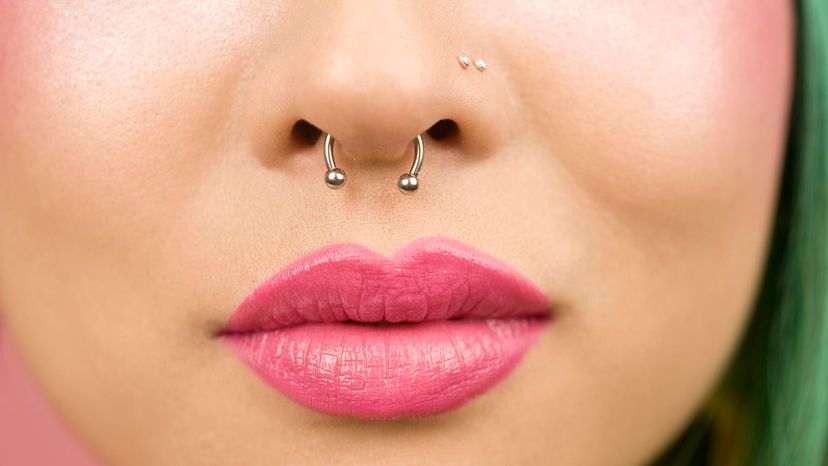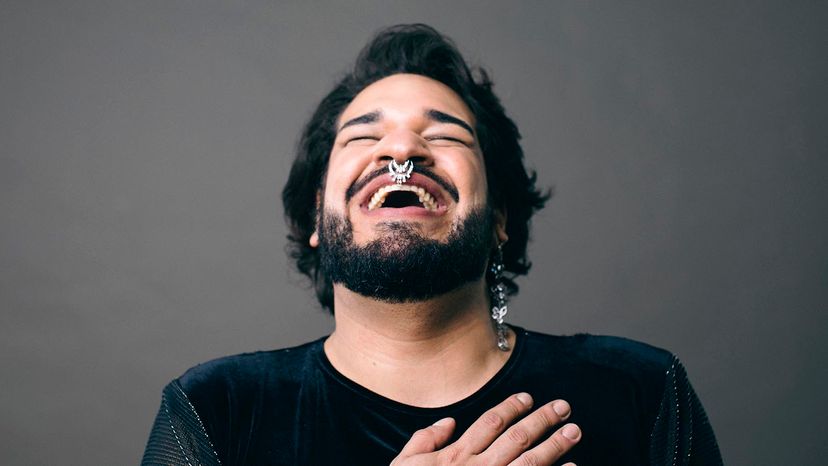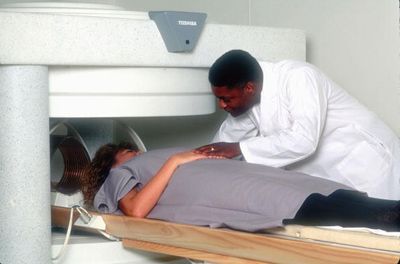
If you're into body art, you might have considered piercing your septum — that delicate piece of cartilage in the middle of your nose that divides your nostrils. But the first, and most important, thing you need to know, is that it should be done by an experienced piercer who understands anatomy, according to Dr. Monica Kieu, a double-board certified otolaryngologist (ENT surgeon) and facial plastic surgeon who practices in Beverly Hills and Newport Beach, California. "Everything should be carefully sterilized," she says, via email, "and safety precautions should be in place to prevent COVID or other infections."
Septum piercing has been a worldwide symbol of beauty and a rite of passage in many cultures —including those of the aboriginal people of Australia, the ancient Mayans and Native Americans — and still is popular today, as evidenced by celebrities from Lady Gaga to Rihanna, says Kieu. But as popular as it is, septum piercing doesn't come without some inherent risks. Here are five questions to investigate and keep top of mind if you are thinking about undergoing this facial piercing procedure.
Advertisement

